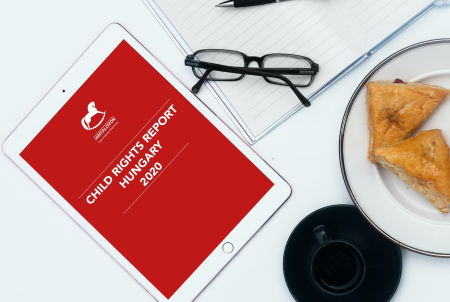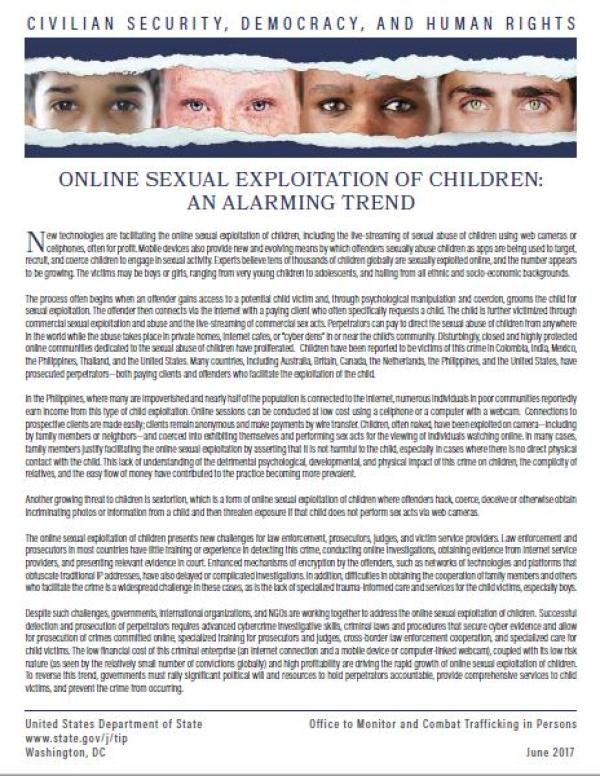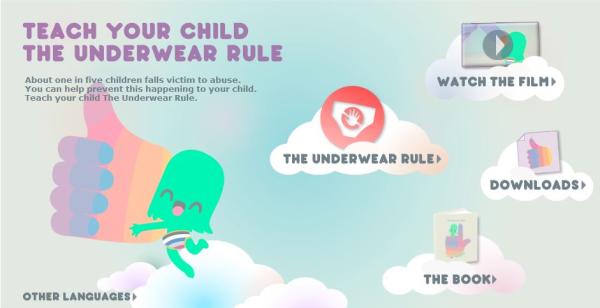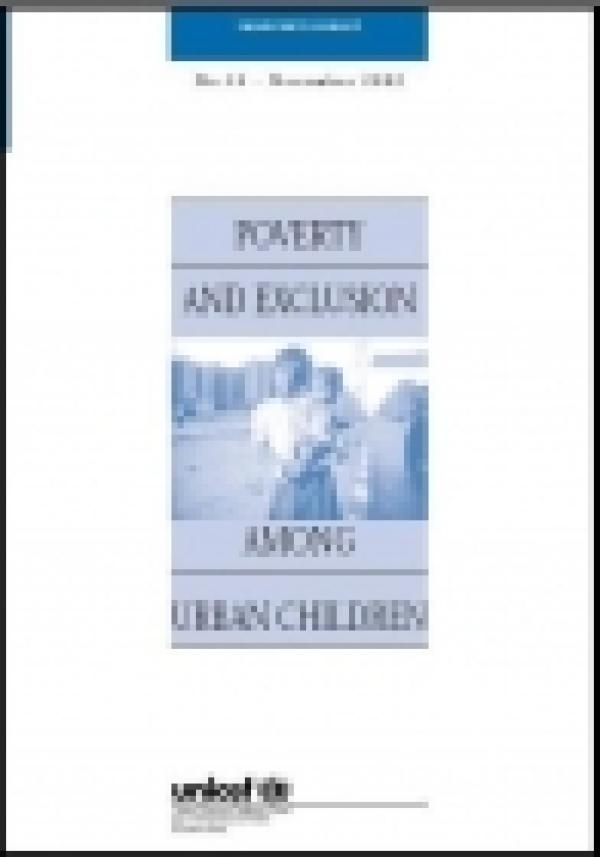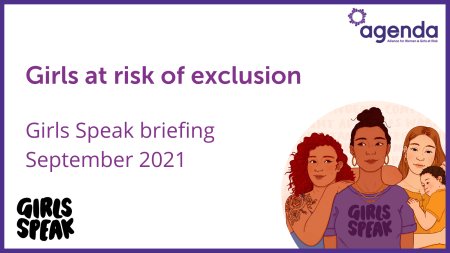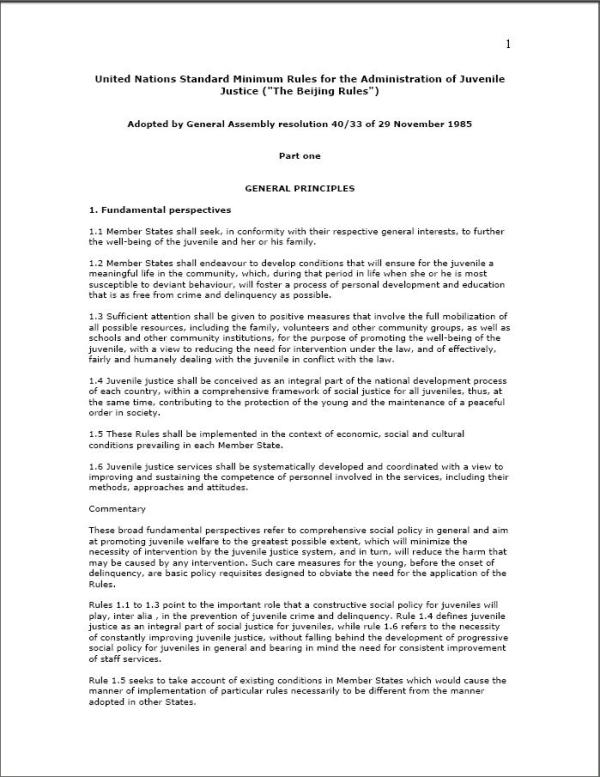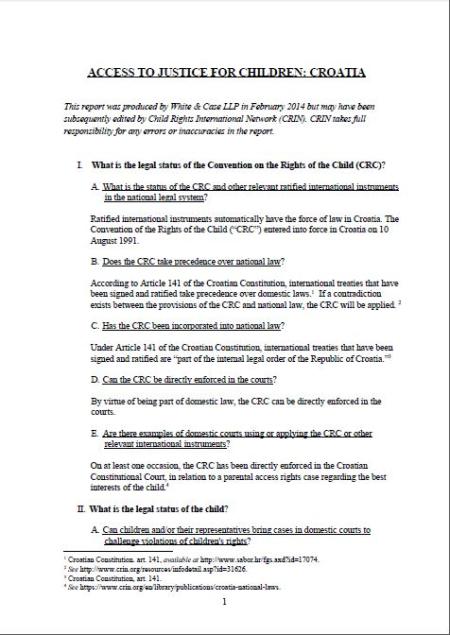
Hintalovon Child Rights Foundation published a summary of the most important Hungarian child rights events of 2020. Exclusion, exploitation, and epidemic – these were the most significant child rights issues last year.
Epidemic
- In some cases, legislation responded only belatedly to the challenges and needs arising from the pandemic.
- The biggest change for children was the massive transformation of education. Contradictory messages relating to the emergency; delays; organizing graduation, caused difficulties.
- Digital education further prevented access to education for the already disadvantaged children – particularly Roma students. 8% of students with disabilities did not receive any distance learning at all and 15% received development only once a week.
Exclusion
- The Ninth Amendment to the Fundamental Law narrowed down the definition of ’family’ the types of identity and defined the set of values that must be protected during the upbringing. In addition, the new regulation on adoption makes adoption more difficult for single parents and same-sex couples.
- Ratification of the Istanbul Convention has been refused. There continued to be a “crisis caused by mass immigration” in Hungary, therefore only a few families were able to apply for asylum in Hungary, and unaccompanied minors did not enjoy priority at all.
Exploitation and sexual abuse
- Increased digital presence and webcam use during the pandemic raised new privacy issues. Because of coronavirus, the children also had to face virus-motivated bullying.
- The advertising industry took steps relating to including children in advertisements and influencer collaborations.
- In March 2020, 1,5 times more domestic abuse was reported to the police than in the previous year. The number of minor victims of sexual violence has increased by 60% since last year.
- Sexual exploitation and abuse of children in online spaces and the use of social media received increased attention.
- Unprecedented attention was paid to the sexual exploitation and abuse of children in online spaces. Compared to 2016, six times more pedophilia-related content was reported to the authorities.
The report also contains findings on legislation, discrimination, freedom of expression, privacy and information, violence, family, disability, health, standards of living, education, free time, refugee children, justice, and sexual exploitation.

You might like..
0
132
"The EU and its member states must combat structural anti-Gypsyism and legislate to ensure that Romani people have equal access to housing, education, healthcare and employment."
The Civil Liberties Committee recently passed a resolution stating…
0
719
Due to the development and the increase of new forms of technology, online sexual exploitation of children is on the rise internationally, with estimations suggesting that tens of thousands of children around the world could be suffering from this…
0
117
The health crisis caused by COVID-19 and social isolation resulted in a crisis in various economic sectors and many people lost their jobs. This has greatly increased their vulnerability to the crime of human trafficking, and the Internet has proved…
0
2
About the webinar:
This FREE webinar will present findings from a multi-year international study that assessed the transportability of a violence-prevention parenting program in three diverse contexts: the chronic conflict zone of Gaza and the West…
0
21
This report summarizes the history, mandate, working methods, objectives and achievements of the UN Special Rapporteur on the sale of children, child prostitution and child pornography in its first 25 years of activity.
0
9
Experts in social norms and the sexual exploitation of children came together in the UK from 30 March – 1 April 2015 for the first face-to-face meeting of the Learning Initiative on Norms, Exploitation and Abuse (LINEA). In this video, participants…
0
1581
The Underwear Rule is a simple guide to help parents explain to children where others should not try to touch them, how to react and where to seek help.
What is The Underwear Rule? It’s simple: a child should not be touched by others on parts of…
0
3
This Digest assesses the human rights situation of poor and marginalised children in urban areas around the world. It considers the range of problems that these children and their families face; it draws attention to the need for actions based on a…
0
1
As the EU’s multi-annual budget is being currently negotiated, the European Parliament’s Committee on Regional Development delivers a landmark vote on Common Provisions Regulation (CPR), key rules governing seven shared…
no
0
75
Eurostat published a report stating that 24.2% of children (less than 18 years old) in the EU were at risk of poverty or social exclusion, according to 2020 data.
The main factors influencing the risk of poverty or social exclusion in the EU…
no
0
66
The new briefing document Agenda Girls speak is composed of information and data obtained through a series of interviews with girls, young women, and professionals who discover the dangers of exclusion from school, society, and the environment. This…
0
21
The report seeks to a) raise awareness of the extent children, especially Roma children, suffer from social exclusion; b) identify the key critical causes of exclusion and the limitations in the capacity of individuals and institutions responsible…
0
82
The film "Children say" was made as part of the Joint Regional Program "Dialogue for the Future", which is implemented by UNESCO, UNICEF and UNDP in Bosnia and Herzegovina, Montenegro and Serbia,
Solidarity, common good, equality - what do children…
0
142
Adopted by General Assembly resolution 40/33 of 29 November 1985.
0
89
This report is part of CRIN’s access to justice for children project, looking at the status of the Convention on the Rights of the Child (CRC) in national law, the status of children involved in legal proceedings, the legal means to challenge…

